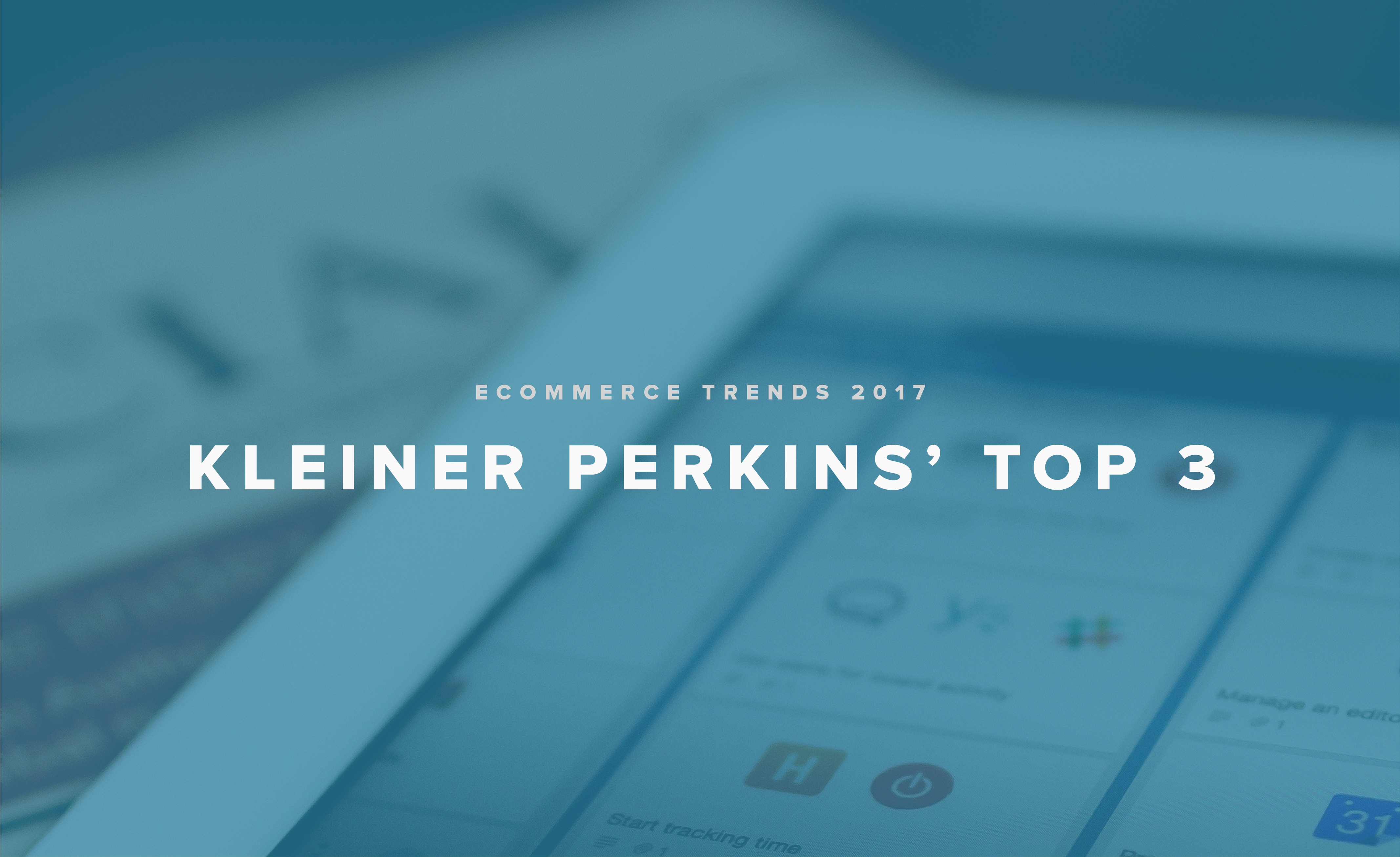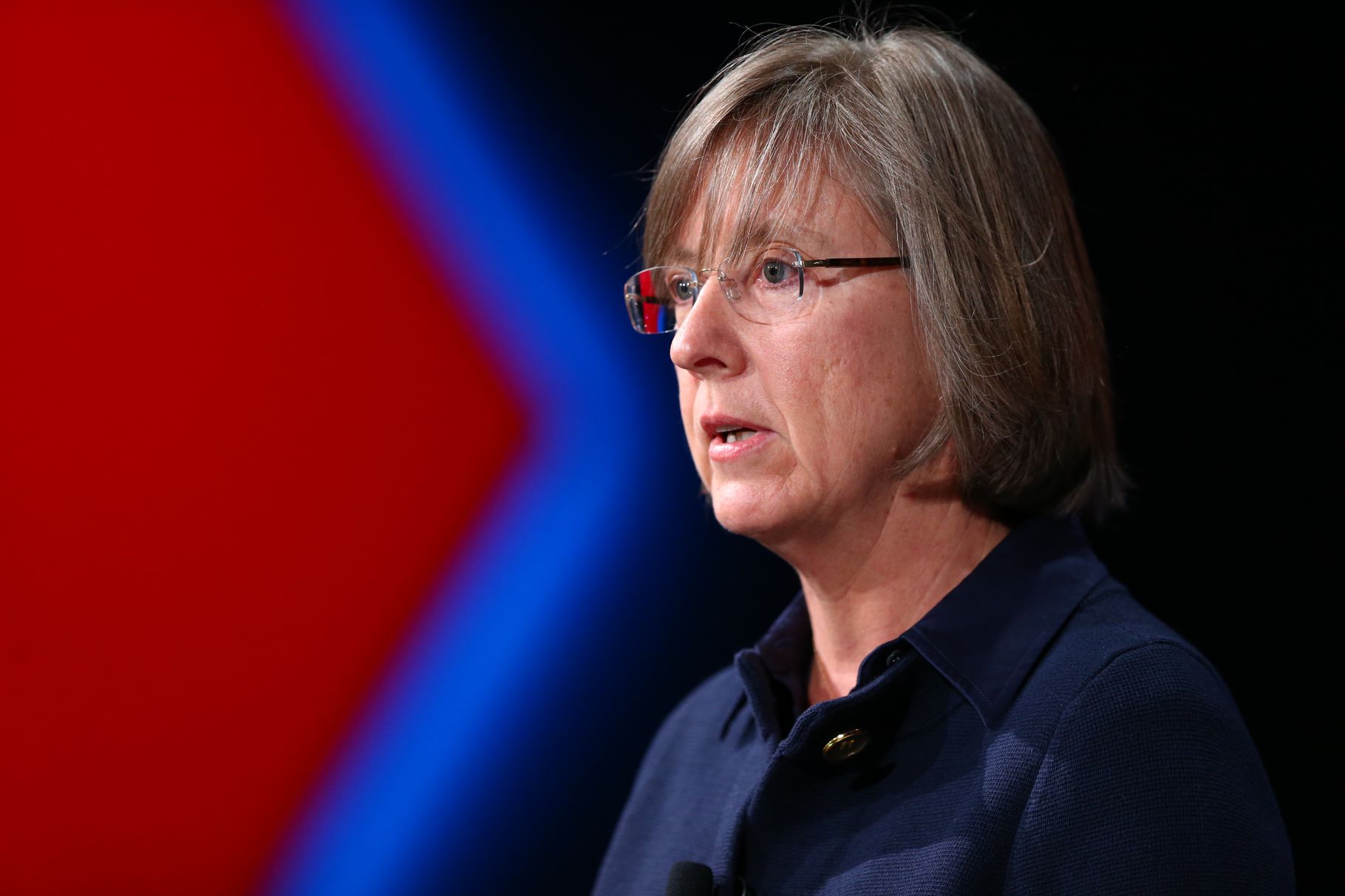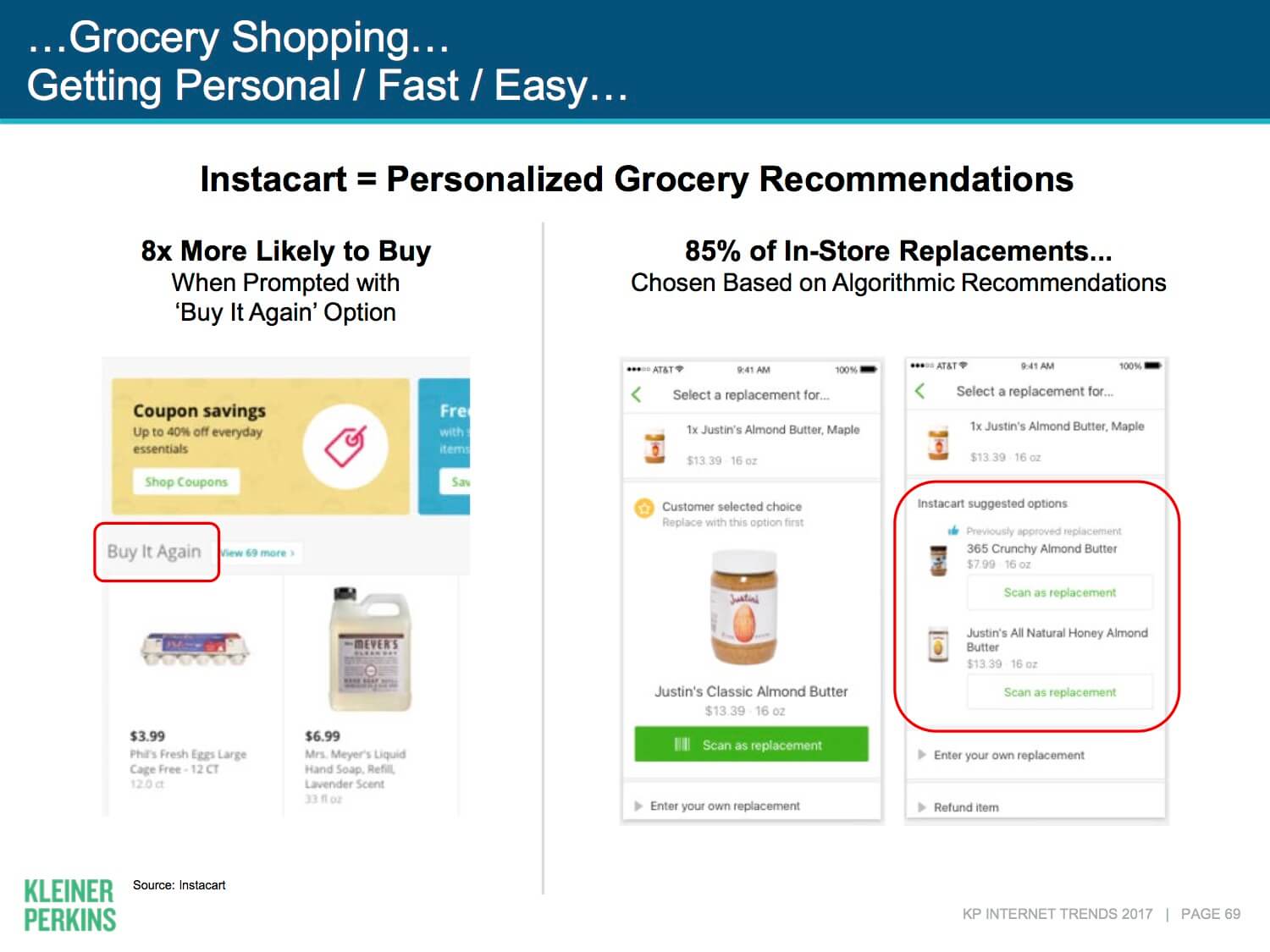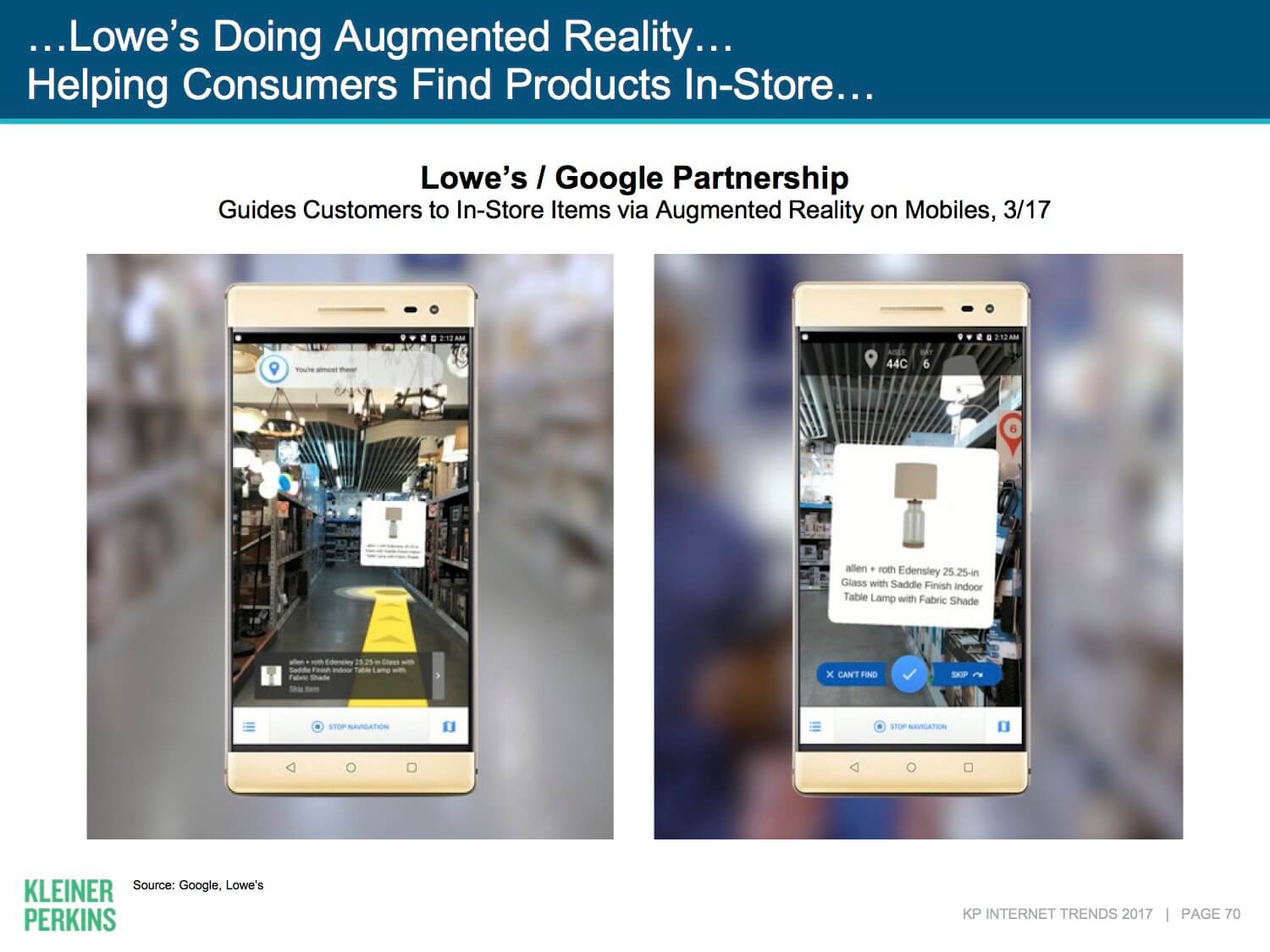
See why top ecommerce brands use Miva’s no-code platform to run
multiple stores, manage massive catalogs, and grow their revenue.
“I don’t think retail is dead. Mediocre retail experiences are dead.” -Neil Blumenthal, Co-CEO, Warby Parker
Kleiner Perkins partner Mary Meeker took to the stage at Code Conference to deliver the “most anticipated slide deck of the year", a 355-page report on Internet trends for 2017. Buried among those slides were nuggets of key ecommerce trends: e-tailer success found through customer-first, omnichannel experiences.

Here are the top 3 ecommerce trends from Mary Meeker’s Kleiner Perkins Internet Trends 2017 Report:
Shopping online is no longer just about the end product but the experience itself. Ecommerce trends in 2017 show customers subscribing to brands which make the everyday easier, and entertain.

As Amazon looks to expand its physical footprint, the world’s largest offline retailer is getting aggressive online and in going direct. And though the company still has a ways to go when competing with Amazon, Wal-Mart—which does not specify revenue—reported a 63% increase in ecommerce sales over the last quarter.
“Amazon did not just buy Whole Foods grocery stores. It bought 431 upper-income, prime-location distribution nodes for everything it does.”
-Dennis K. Berman, Financial Editor, WSJ
As Amazon moves to compete with Wal-Mart offline, digitally native brands have also found success closing the on-to-offline loop. According to Kleiner Perkins and Warby Parker’s Co-CEO, ecommerce is trending not to bury retail, but to reward those offering a unified omnichannel brand experience.
Take these examples—retailers taking control of their sales and distribution channels to elevate the customer-first experience:

The power to reach users in new ways is in your hands. With the tools available today you, too, can innovate your omnichannel brand experience by taking control of your sales and distribution channels.
“If you control the customer experience, you control the margin.” –Rick Wilson, President, Miva, Inc.
Miva’s groundbreaking ecommerce software has been used to power more than 100 billion dollars in online sales since 1997. With our integrated ecommerce software, you can manage and facilitate all levels of the supply chain, offering that unified omnichannel brand experience your customers crave.
No worries, download the PDF version now and enjoy your reading later...
Download PDF Miva
Miva
Miva offers a flexible and adaptable ecommerce platform that evolves with businesses and allows them to drive sales, maximize average order value, cut overhead costs, and increase revenue. Miva has been helping businesses realize their ecommerce potential for over 20 years and empowering retail, wholesale, and direct-to-consumer sellers across all industries to transform their business through ecommerce.
Visit Website